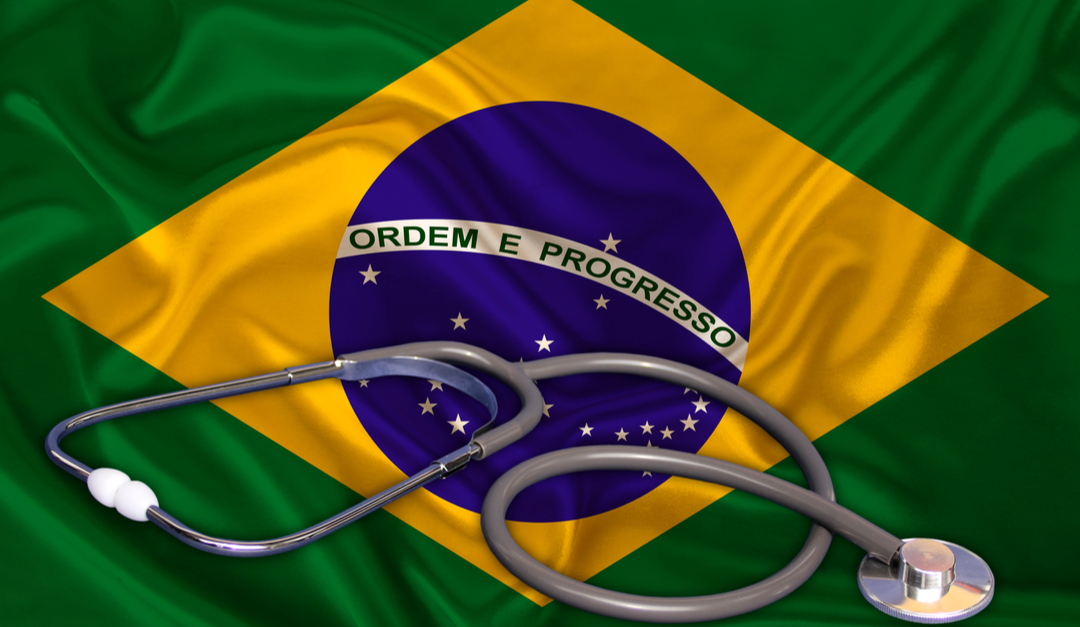Latin America (LATAM) is a diverse region, with over 650 million people spread across 20 different countries, each with their own culture and unique history. For medical device companies, LATAM is a promising market, with its current value estimated to be $11 billion and growing. In this extremely diverse region, Brazil is the largest country, comprising approximately a third of the entire LATAM population, making Brazil’s medical device market advantageous and profitable for medical device manufacturers looking to gain market access. There are some important considerations for medical device companies to take into account, however, when seeking compliance with Brazil’s medical device regulatory body.
What is the regulatory body in Brazil?
Brazil’s regulatory body is the Agência Nacional de Vigilância Sanitária (ANVISA). Similar to the United States’ Food and Drug Administration (FDA), ANVISA is the legal system in place to:
- Check medical device authorizations
- Implement new regulations for medical devices
- Monitor and assess medical device manufacturers quality management systems (QMS) for compliance.
ANVISA also is responsible for other sectors of the life sciences as well, including pharmaceutical products and regulations regarding clinical trials.
What does Brazil’s medical device regulatory pathway look like?
Brazil’s regulatory pathway consists of 4 different classes for medical devices as well as IVDs, with devices classified by risk level in ascending order, similar to other regulatory pathways in other regions like the United States, European Union, and China. Brazil has two main registration pathways for medical devices seeking regulatory approval:
|
Registration Pathway |
Device |
Registration Validity |
|
Notificaçã |
Class I, Class II devices, and IVDs |
Indefinite |
|
Registro |
Class III and Class IV devices |
10 years |
Regardless of the classification of the medical device, there are some basic necessary requirements for all devices seeking approval from ANVISA:
- Brazilian Registration Holder (BRH): Medical device manufacturers that are not operating in Brazil, but looking to gain market access, must designate a BRH to act as a liaison between the company and ANVISA. The BRH manages both device registration as well as the Brazil Good Manufacturing Practice (BGMP) certification. They are also in charge of post market surveillance and reporting recalls and incidents to ANVISA.
- Letter of Authorization: After confirming the BRH, a letter of authorization must be provided to submit the registration application.
- INMETRO: INMETRO (The National Institute of Metrology, Standardization and Industrial Quality) must provide certification for electromedical devices, as well as various other medical and non-medical devices. The certification lasts five years.
- Brazilian Portuguese Translation: All files submitted to ANVISA must be translated into Brazilian Portuguese accurately and effectively. In addition, all medical devices being marketed in Brazil’s diverse market must also have properly translated e-labeling and instruction for use (IFU).
What are some important factors for medical device companies to consider?
For medical device companies looking to market their device in Brazil, there are some important factors to consider when seeking regulatory approval:
- The BRH should be a third-party company that is not involved in the selling or distribution of the medical device products; BRHs are difficult to transfer, particularly without the cooperation of the current BRH.
- All classes of medical devices must comply with BGMP, however for Class I and Class II, ANVISA will not conduct an audit. For Class III and IV, audits do occur following RDC 16/2013 guidelines; audit reports from other regulatory bodies are accepted, as long as the Brazilian requirements are included. BGMP certifications are valid for two years, must be submitted by the BRH at least 6 months before the expiration date, and typically have a high cost associated.
- Due to COVID-19, ANVISA has released an emergency use authorization pathway for certain products used to combat the pandemic.
For medical device companies expanding into Brazil’s largely untapped and profitable market, partnering with a language service provider (LSP) that utilizes a network of subject matter, in-country expert linguists is crucial for gaining regulatory compliance and market access. While translating the highly technical documentation into Brazilian Portuguese is an important aspect in gaining regulatory compliance, qualified LSPs can also provide market access consulting for medical device manufacturers, cutting the product’s overall time to market, ultimately saving money.
This is the first installment of our LATAM blog series. Stay tuned for more updates regarding the diverse market’s regulatory landscape, clinical trials, and more!
